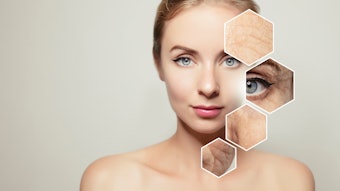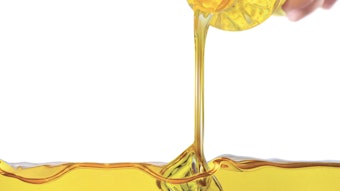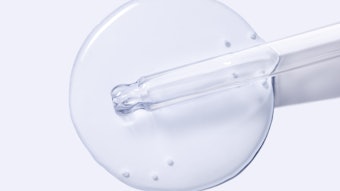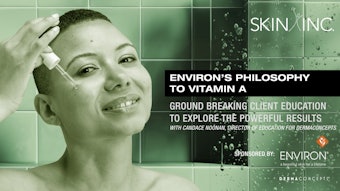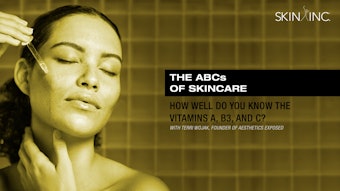In previous years the beauty industry transitioned into the importance of being all natural, with products ranging from skin care to spa treatments to hair care to cosmetics. In 2009, the focus will no longer just be about who is green or all natural, but about specific ingredients and their benefits, and Pierce Mattie Public Relations has identified the top 10 ingredients that consumers will hear more about in 2009.
Argan oil: Known for being an incredibly rich natural source of vitamin E, with 80% essential fatty acids, argan oil has been a beauty secret of Moroccan women for centuries. It can be used on skin and in hair for its high level of antioxidants and ability to replenish natural moisture.
Açai: Sometimes referred to as the Fountain of Youth, this Brazilian berry contains antioxidants, amino acids, essential omegas, fibers and protein that positions itself as a formidable fighter in anti-aging products. Açai can be found across the board in skin care, cosmetics and hair care products.
Goji berries: This nutrient-rich berry, also known as wolfberries in the Himalayas, has often been called a superfood due to its abilities to fight free radicals and boost the immune system. While there are no inherent benefits of goji in fragrance, that hasn’t stopped perfumers from including this sweet yet tart scent in perfumes.
Baobab: Rich in riboflavin, niacin and vitamins A, C, D and E, baobab has demonstrated anti-aging properties, but has also found uses beyond creams and moisturizers to be included in exfoliating scrubs and hair care.
Acerola: Ingredients high in vitamin C such as acerola are being used more often due to their ability to even out skin tone and brighten the complexion. Skin care brands will be using acerola more to target consumers who have issues with skin redness and inflammation.
Blueberry: Chock full of amino acids, vitamins, antioxidants and essential fatty acids, blueberries are another super food that will be used in beauty products to fight aging. The blueberry has long been known for its ability to revitalize the skin; it was just a matter of time before beauty brands began to incorporate it more into their skin care products.
Probiotics: In 2008, Pierce Mattie PR termed probiotics a buzzword among beauty brands, but now those brands are delivering more than just buzz with this sister category to cosmeceuticals and nutraceuticals. Probiotic skin care will be branded as another clinical-like line of products, which beauty consumers tend to lean toward as science-based.
Palmitoyl tripeptide-3: This cosmeceutical has become a popular addition in antiaging products to fight fine lines and wrinkles, and will be even more prevalent in 2009. Products that contain palmitoyl tripeptide-3 will be branded as a temporary alternative to cosmetic procedures.
Myrrh: With the increasing popularity of ayurveda in the United States, this ancient ingredient is also resurging in perfumes and skin care products. The rich resin, with the slight vanilla fragrance so popular in incense, stimulates circulation and has lifting effects.
Turmeric: A highly regarded ingredient in India, turmeric is widely known for its medicinal properties. It will be found in acne-related creams and lotions, as it is an antiseptic, and as an aid in the prevention and removal of blemishes. It will also be found in hair removal products, in sunscreen formulations and in products positioned in the natural category.

